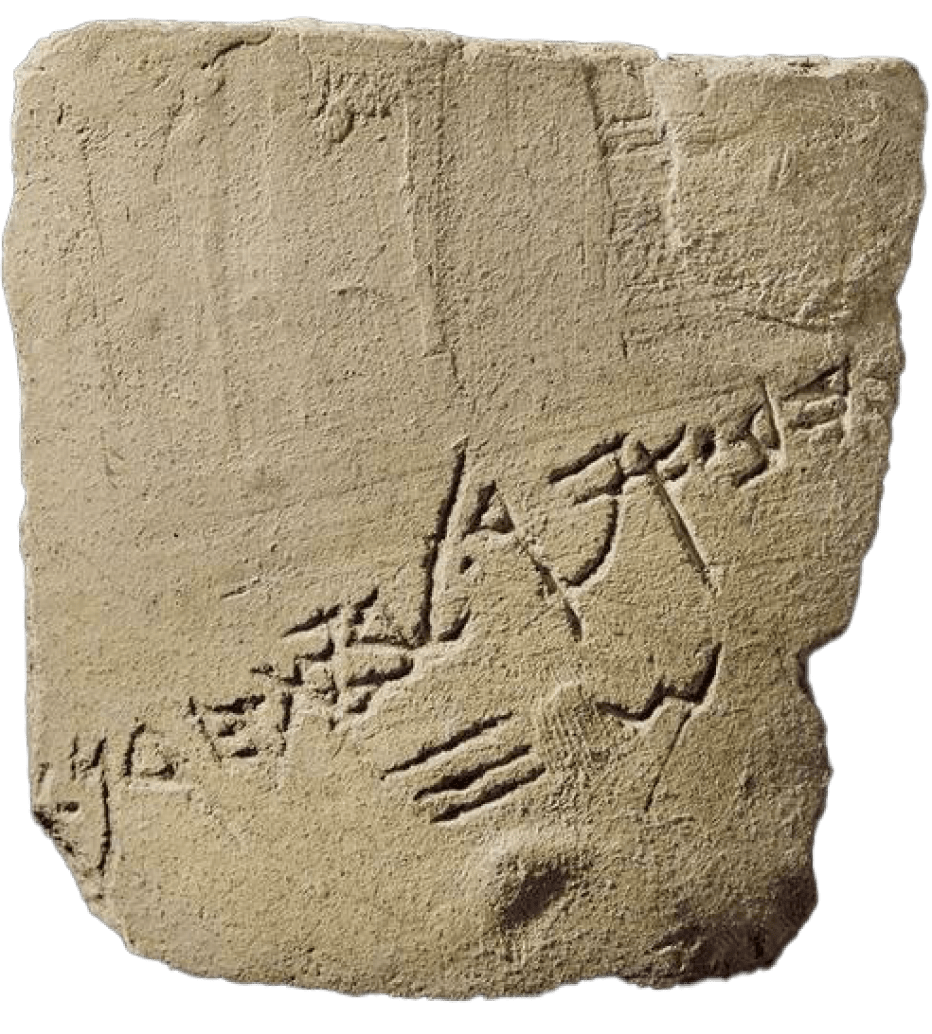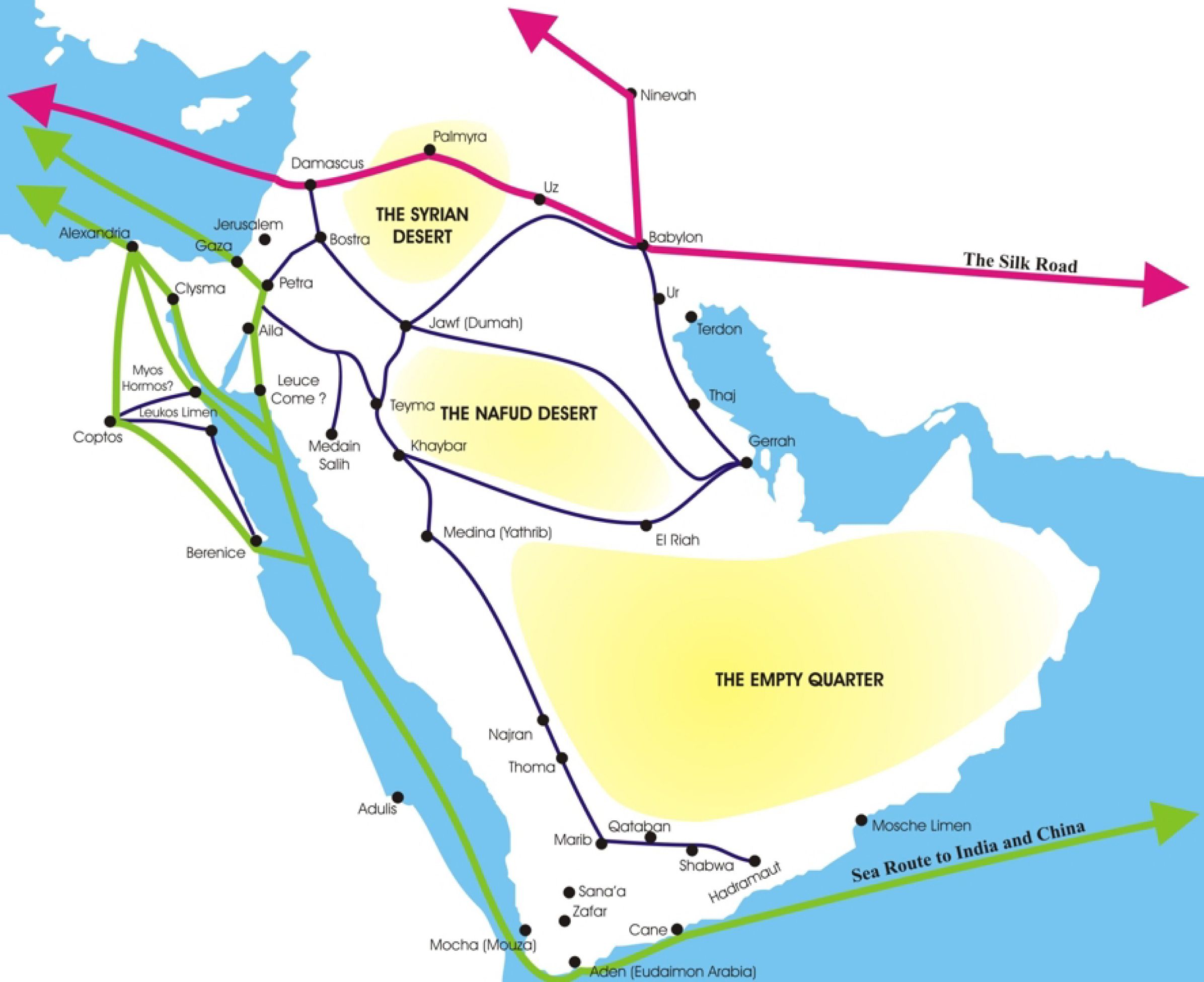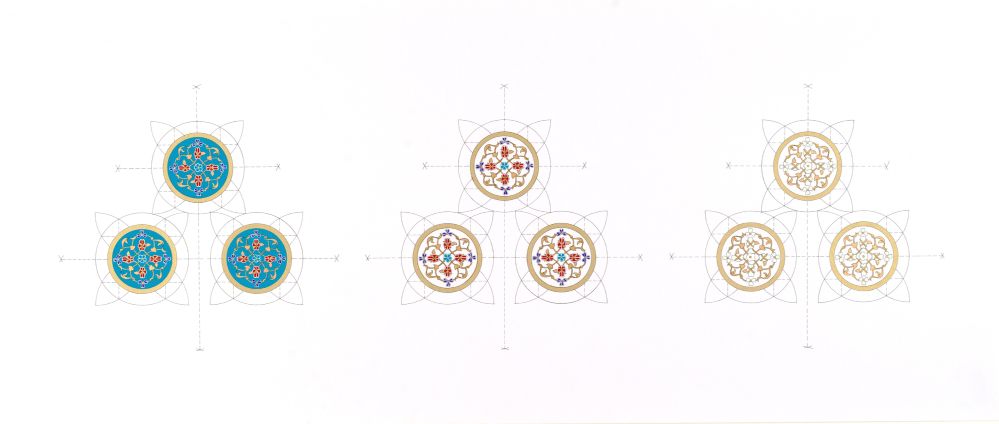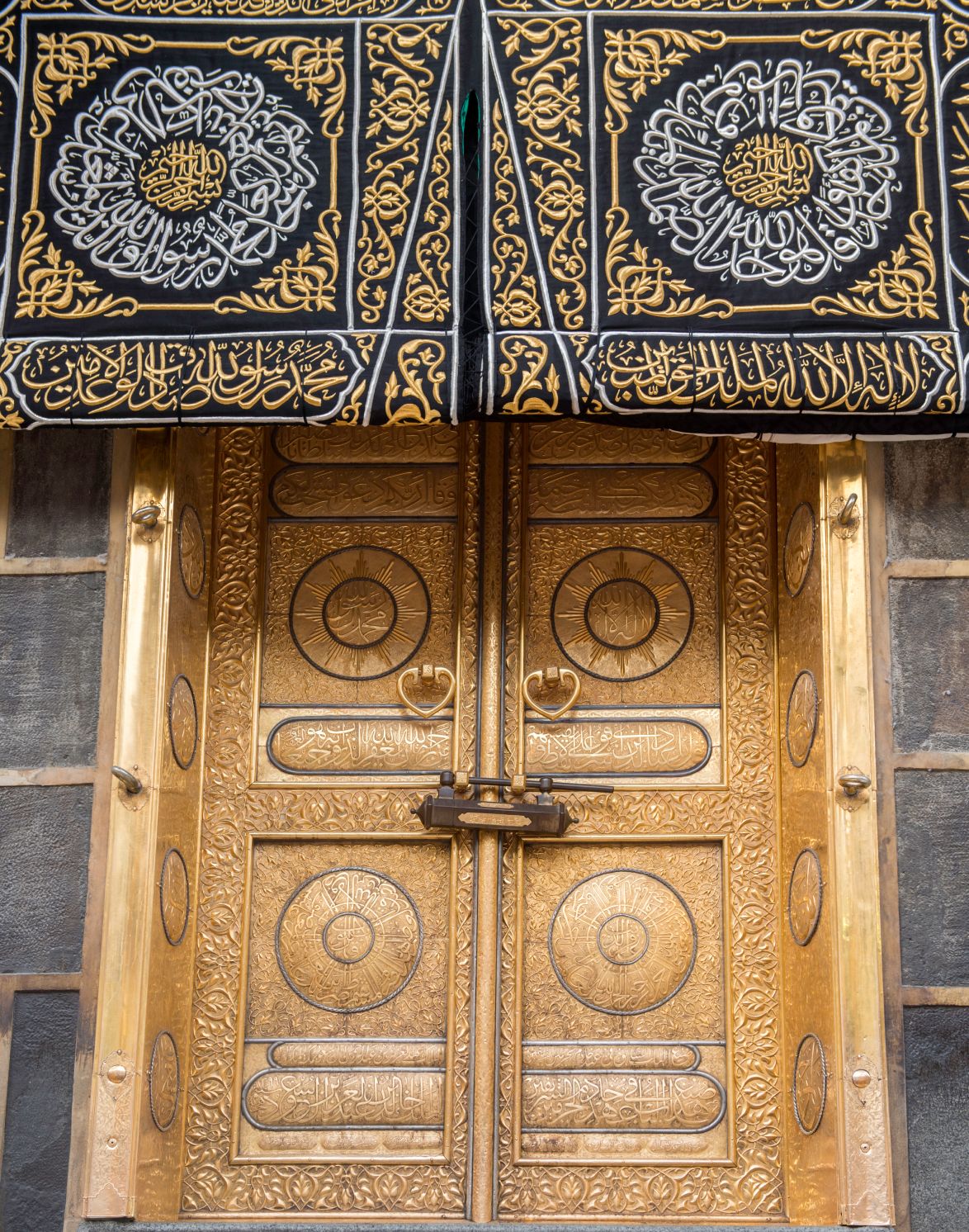Prophet Sulaiman’s Treasure
A map used by some travelers to locate the region of Ophir - this one assumed it was located close to India.
When we explore human history, we hear about many epic tales surrounding empires and kingdoms. One such epic is the story of King Solomon, known to Muslims as the Prophet Sulaiman. The highly revered prophet had a prosperous and immensely wealthy kingdom, making the prophet one of the wealthiest kings of his time.
For centuries it was speculated the wealth was amassed from the mines and natural minerals that were retrieved from areas within the proximity of the prophet’s kingdom. One region where fine gold was retrieved from was made clear, and it was a region named Ophir. In the Old Testament, Ophir was mentioned as a place where gold, silver, copper, monkeys and peacocks were produced.
Although the region disappeared into the folds of history and legends, interest in Ophir’s location resurfaced from time to time, but it was during the Victorian era that European scholars took the search seriously. Individuals such as Christopher Columbus and Carl Peters and many more crossed the oceans to find the ancient mine and its treasures, but always ending in failure. These trips were later then popularized in Victorian novels, where readers read about the mines possibly being in either East Africa, India, the Philippines or Australia.
However, in 1932, and with the foundation of the Kingdom of Saudi Arabia, things began to take a turn. During this year, King Abdulaziz commissioned American businessman Charles Richard Crane to search for natural resources in the country. Many engineers and geologists hired by Crane traveled across the Kingdom, including K.S. Twitchell who was sent to Mahd adh Dhahab (Cradle of Gold) with many others.
The area of Mahd adh Dhahab is located about 380 kilometers northeast of the Medina Province in the western region of the country. Once they arrived at the location and began their initial mining and exploration, Twitchell reported that “the workings of Mahd adh Dhahab are the largest I saw in Arabia. It is reasonable to guess that this might have been the source of King Solomon's gold.”
Many doubted his statement, probably due to the lack of proof of even the existence of the region of Ophir. Ophir was merely mentioned in biblical stories – how can one be so sure? It is only in 1946 that this narrative would completely change, and all attention would gravitate towards Mahd adh Dhahab as the actual location of the prophet’s ancient mine.
In Tell Qasile, an archaeological city close to Tel Aviv, an inscribed pottery shard was found which confirmed that Ophir indeed was a place where gold came from. The phrase “Gold from Ophir to bet Horon – 30 shekels” was deciphered from it, making it definitive that the region did indeed exist. The excitement of looking for the mines reignited in many communities, and so some travelers again went to the earlier mentioned locations and retraced the steps of those before them in hopes of finding the treasure.
Between 1939-1954, activities to extract gold continued at Mahd adh Dhahab. There were still some suspicions by miners, but they were only explored between 1972-1975. During these three years, the Saudi Arabia Directorate General of Mineral Resources alongside the United States Geological Survey carried out missions to further explore and examine old gold deposits within the area.

Tell Qasile pottery shard with inscription "Gold from Ophir to bet Horon – 30 shekels”
What they concluded shook the community searching for the mines.
Their investigations had confirmed that the old mines in Mahd adh Dhahab could have been as rich as the Prophet Sulaiman’s mines – meaning that it could indeed be the ancient mine of Ophir. To further push this hypothesis, they performed two tests. The first measured the distance between the port at the Gulf of Aqaba and Mahd adh Dhahab and the duration it took to cross it. The second assessed whether the amount of gold Mahd adh Dhahab held in its repository was the same amount the prophet owned.
With their first test, they found that Mahd adh Dhahab was easily accessible through the port of the Gulf of Aqaba by ship – and they also concluded that it was easy to access Mahd adh Dhahab by land as it was in the path of ancient trade routes in Arabia. Keeping in mind that mining is part of Arabia’s ancient history, with the activity being dated as far back as 3,000 BCE, this assumption wouldn’t be farfetched.
In their second test, they sampled old slopes that could show them how old the mining activities were and estimated how much gold would have been produced. The result was that the mine could have produced 31 metric tons of gold, which would be more than billions of US Dollars’ worth today. They compared that amount of gold to the amount that was said to have been the amount of gold that the prophet’s kingdom possessed.
With these tests proving their hypothesis, these scientists were now confident that the area of Mahd adh Dhahab could logically be the lost region of Ophir. Unfortunately, since that time, no further exploration into the area’s deeply rooted history has been taken.
It is of utmost importance that we further search into the history of Mahd adh Dhahab and uncover some of the untold tales of Arabia that enriches not only our part of Saudi Arabia’s history but a shared global one.

Known ancient trade routes during the time of the Nabatean Kingdom


